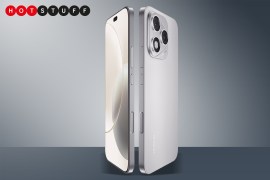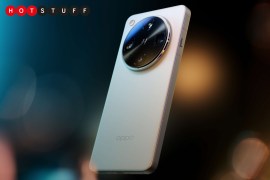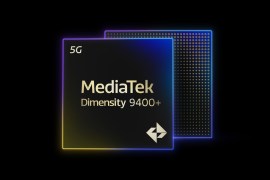The Oppo Find X7 Ultra is more camera than smartphone
Four sensor setup promises DSLR-levels of zoom and portrait panache
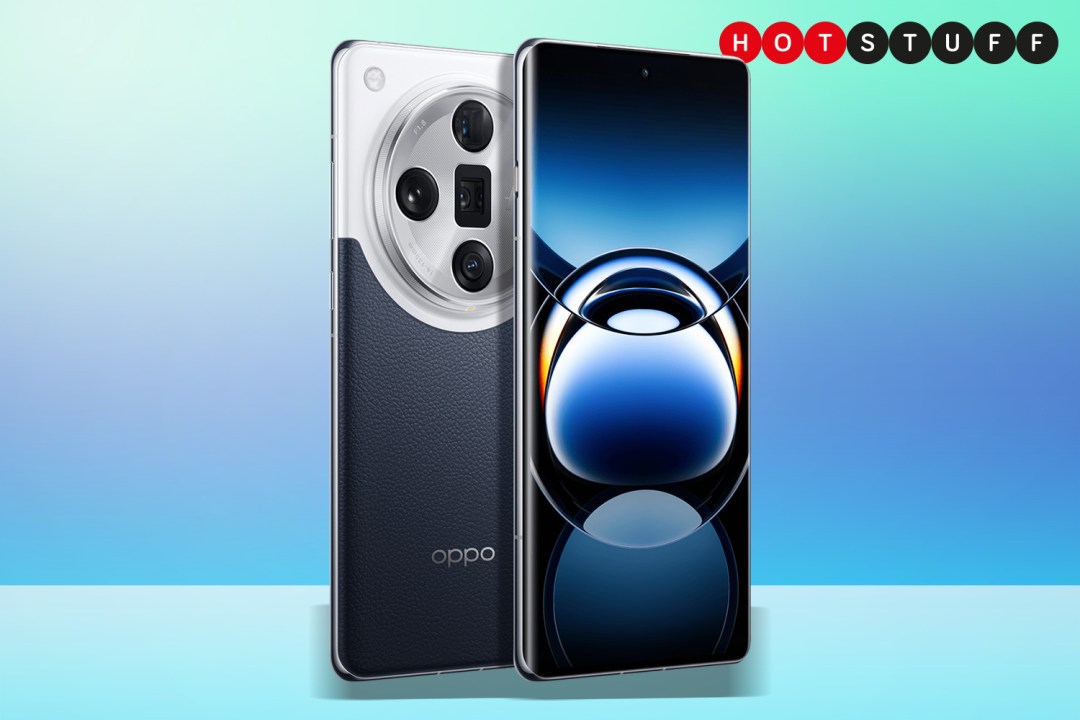
It’s a given that the best smartphones also have the best camera hardware – but some go further than others in the pursuit of photographic perfection. The Oppo Find X7 Ultra does exactly that, courtesy of a “quad main camera” setup that puts rivals to shame on the hardware front.
Oppo’s 2024 flagship phone builds on one of my favourite handsets from last year. The Find X6 Pro‘s three-lens array was outstanding in almost all conditions, but the Find X7 Ultra adds a second periscope telephoto lens for even longer zoom snaps, better portraits, and more convincing computational photography.
All four snappers have 50MP sensors. The wide-angle gets a huge 1-inch Sony LYT-900, with optical image stabilisation and an f/1.8 aperture lens which Oppo says reduces lens reflectivity by 50% compared to the outgoing model. The ultrawide uses a LYT-600 with autofocus, an f/2.0 aperture, and 4cm focus distance for macro shooting.
Zoom duties are split between an IMX890 (good for 3x optical zoom, a 65mm focal length, and 25cm focus distance) and an IMX858 with 6x optical zoom. Both have optical image stabilisation. Add in some sensor cropping cleverness and the Find X7 Ultra has an effective 14-270mm zoom range – without any quality drop-off, according to Oppo.
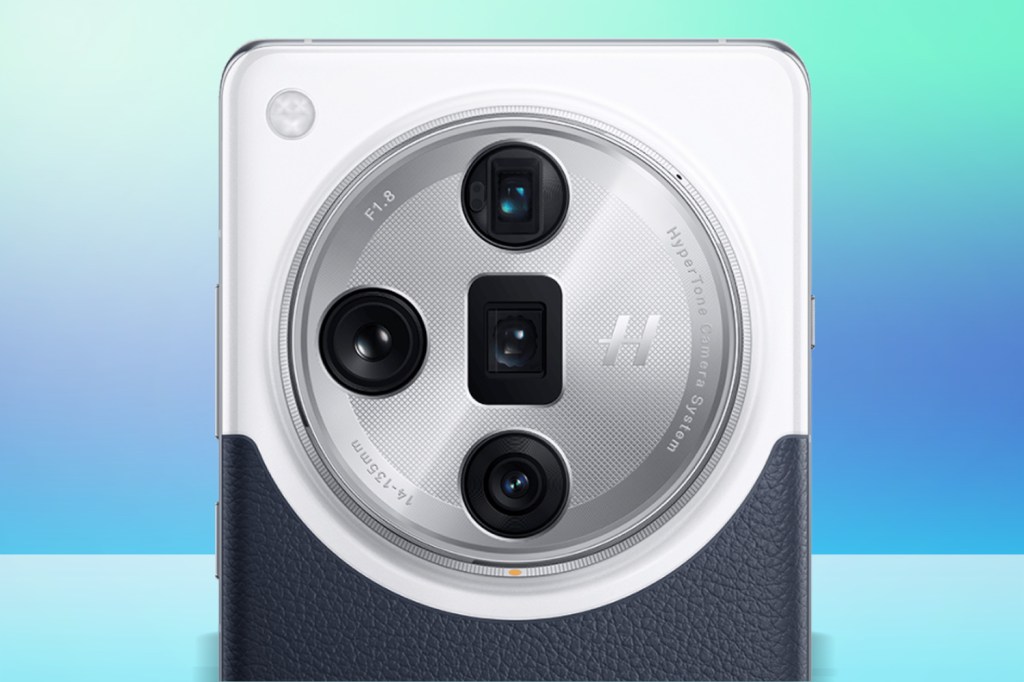
The firm’s new HyperTone Image Engine then handles picture processing, with a focus on eliminating unnatural HDR, overexposure, over-sharpening. Hasselblad is also back on board, with a dedicated portrait mode that emulates the distinctive bokeh seen on its DSLR lenses. Apparently it’s good enough to detect individual hair strands, and will work from up to 9m away. Minimal shutter lag and more natural skin tones are promised, too.
A Hasselblad Master mode gives almost complete manual control over shooting, with ISO, shutter speed, exposure, focus and white balance all available for tweaking. You can even tweak the colour saturation, contrast, sharpness and vignetting in a personal profile, for quickly replicating specific DSLR looks. Oppo will then bring 50MP, 16-bit RAW MAX shooting in an over-the-air update, with 13 stops of dynamic range and BT2020 colour. Ultra HDR, first seen on the Google Pixel 8 Pro, will also be added post-launch.
All that camera hardware has to go somewhere, so it’s no surprise the Oppo Find X7 Ultra’s rear is dominated by a giant circular lens bump. It looks every bit the flagship phone, with a mix of vegan leather and metal-effect glass. I’m glad to see the distinctive Sepia Brown colour return from the Find X6 Pro, while Ocean Blue and Tailored Black are more subtle alternatives.
There’s a OnePlus-style alert slider for the first time (not a big shock, seeing how BBK brands OnePlus and Oppo are working more closely than ever these days), only here it enables a private mode that disables the camera and location tracking. An IR blaster also makes the cut.
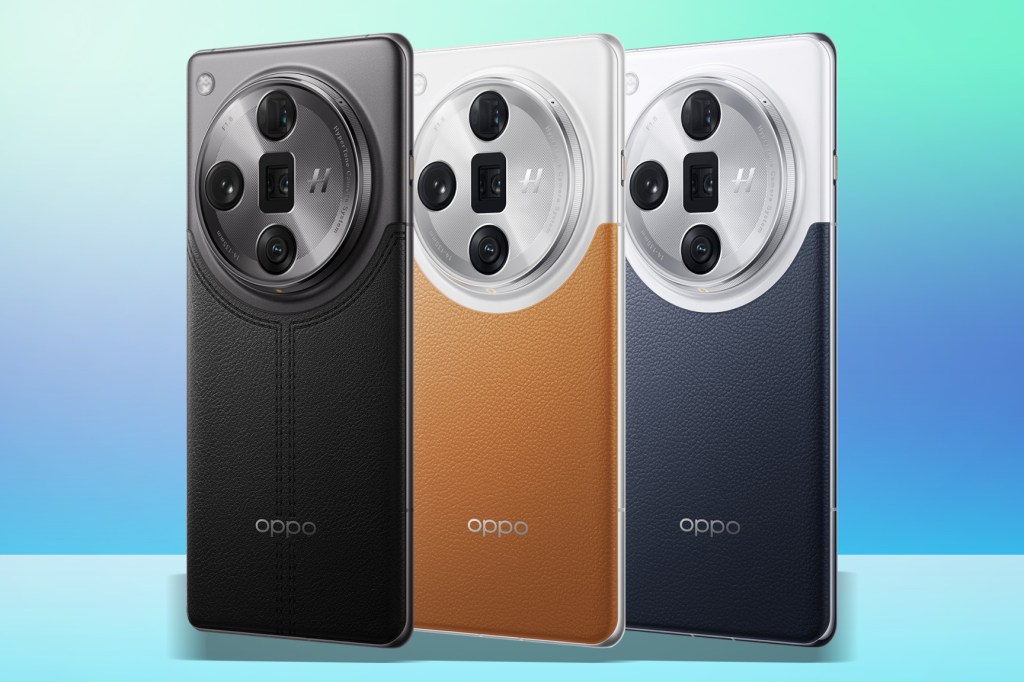
Up front, the 6.8in curved-edge AMOLED screen has a flagship-grade 3168×1440 resolution, 1-120Hz LTPO adaptive refresh rate, and plays nicely with all the usual HDR formats. Oppo says it’ll climb as high as 4500 nits peak brightness when showing HDR content, which puts almost every rival to shame. 1600 nits full screen brightness everywhere else is also mighty impressive.
Naturally it’s a powerhouse everywhere else, with a Snapdragon 8 Gen 3 CPU, up to 16GB of RAM, and as much as 1TB of storage. Rival flagships might now be using bigger batteries than the 5000mAh cell used here, but 100W wired and 50W wireless charging aren’t to be sniffed at.
Pricing is up there with the best non-folding flagship phones. The 12GB/256GB base model costs ¥5999 (about $840/£660), the 16GB/256GB version ¥6499 ($910/£720) and the 16GB/512GB phone ¥6999 ($980/£780).
Sounds too good to be true, right? Unfortunately for most of you reading this, it is. The Oppo Find X7 Ultra is only going on sale in China, and the firm has no plans to bring it anywhere else any time soon. Still, with those specs, I’m sorely tempted to look into importing one.
Related: What’s the best smartphone for photography? Top cameraphones tested

